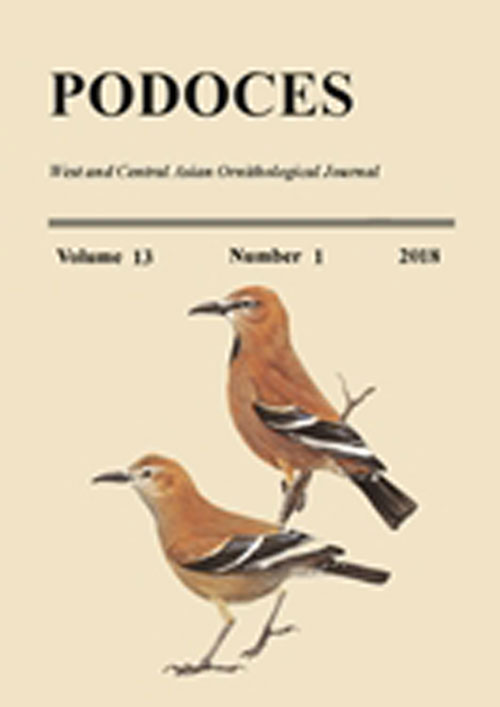A. Chitheena*, B. Ramakrishnan, A. Samson
Pages 8-17
In this study we studied fruit eating behaviour of birds through two methods, i.e. direct observation and bird dropping. Data of 100 hours of field observation were collected and 17 bird species were recorded. The majority of bird species (N=17) was attracted by Solanum mauritianum and Rubus niveus with the total visits of 240 and 215 followed by 16 bird species attracted by Cestrum aurantiacum with the total visits of 239. On the other hand, Phytolacca americana was attracted by fewer number of bird species (N=8) with 191 sightings during the survey period. Among 17 bird species, the Red-whiskered Bulbul Pycnonottus jocosus, Oriental White-eye Zosterops palpebrosus and Jungle Myna Acridotheres fuscus were found predominantly feeding on the exotic plants (non- native plants) and proved them as perfect frugivores. Totally two hundred bird droppings belonging to four abundant bird species namely Jungle Myna Acridotheres fuscus, Oriental Whiteeye Zosterops palpebrosus, Pied Bush Chat Saxicola caprata, and Redwhiskered Bulbul Pycnonottus jocosus were collected from three different localities, under nests (N=109), under trees (N=77) and few of them (N=14) were collected in other places such as human traits and paths. Seeds of five plant species, namely Cestrum aurantiacum, Pytolacca americana, Rubus ellipticus, Rubus niveus and Solanum mauritianum were recorded. It was interesting to note that all these plants were exotic species. The high variations were seen in the Jungle Myna droppings where Solanum marutianum seeds were seen high in number in the droppings (22.23±11.45, N=978) because Solanum maruritianum fruit contain more number of seeds compared with that of other fruits. This study clearly indicates that the exotic plants attract bird communities than native plants by providing food for them and thereby they vigorously disperse their seeds than native plants.
Keywords:
Birds, Exotic plants, Frugivory, Seed


